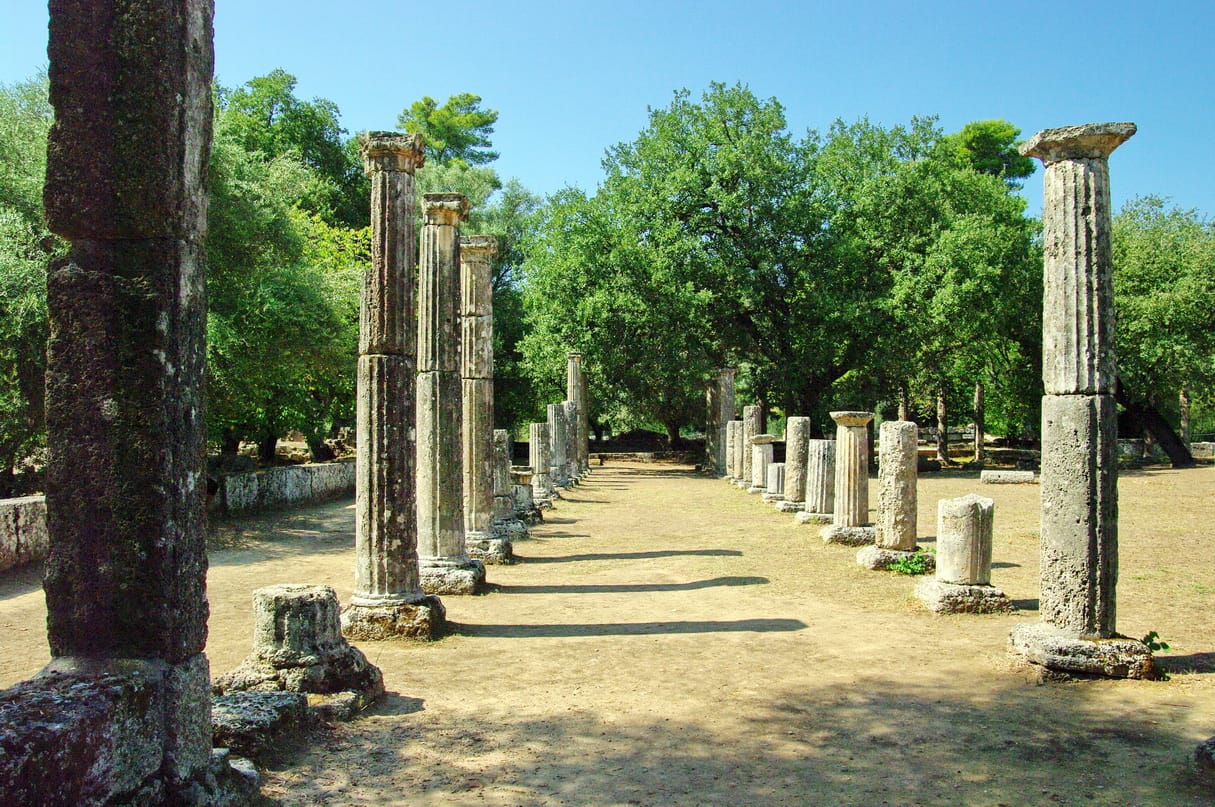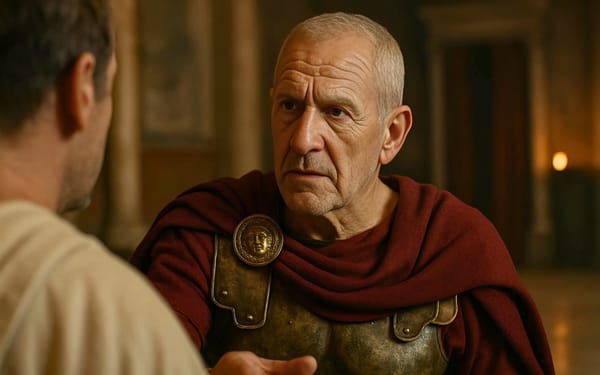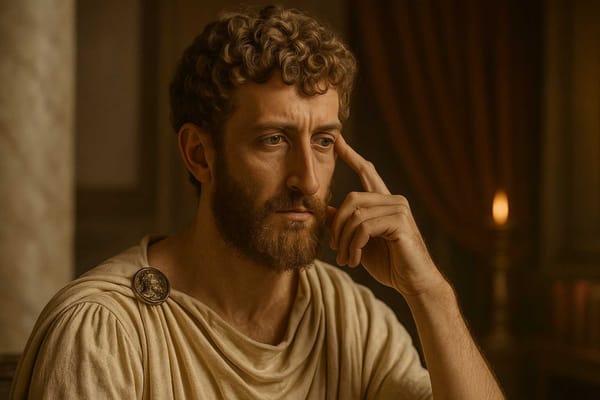From Greek Glory to Roman Spectacle: The Olympic Games Evolution
The Olympic Games continued to be held after the Roman conquest of Greece, and Roman emperors and citizens took part in these events.

The Olympic Games originated in ancient Greece, traditionally dated to 776 BCE, in Olympia. They were held every four years and were initially a religious festival in honor of Zeus, the king of the Greek gods. The games included various athletic competitions such as running, wrestling, boxing, and chariot racing.
Athletes from different Greek city-states participated, and the event fostered a spirit of unity and competition among the Greeks. The games continued to grow in prominence and were held for over a millennium until they were suppressed by the Roman Emperor Theodosius I in 393 CE as part of his efforts to promote Christianity.
The Olympic Games through history
The Olympics were not originally known as Games in the ancient world; they were referred to as Olympic Contests (Agones). This distinction is important because the spirit of competition (agon) was a fundamental aspect of Greek society, especially in the Olympics.
This emphasis on competition is why no second or third prizes were awarded. The word athlete comes from the Greek word athlon, meaning prize, highlighting that competition, not participation, was paramount. Given the ancient Games spanned over a thousand years, it is challenging to accurately discuss events, facilities, and popularity without specifying a particular period.
Literary texts are crucial for understanding the myths, events, and organization of the festival. Most accounts are from the later Roman period, like those of Pausanias and Philostratus in the second century AD, with fewer from the Classical period (fifth and fourth centuries BC), such as Pindar and Plato. Generally, the further the writers were from the events in time, the less credible their accounts tend to be. These writings often mention the Olympics to illustrate specific points, assuming that readers were already familiar with the festival.
The latter half of the Olympic Games, spanning about 500 years, occurred under Roman rule after their conquest of Greece in 146 BC. During this period, the sacred truce held less significance as the Romans controlled the Mediterranean through force. Although the Games continued to shine at times, the city of Elis became subject to the Romans' whims, who maintained the Games often for political purposes.

Scholars traditionally view the pre-400 BC Olympics as the "Golden Age," but there was a "renewed success" of the Games in the second century AD, aided by Emperor Hadrian and the Nymphaion, which provided a much-needed water supply.
In the previous century, Emperor Nero had disregarded the Games' traditions by postponing the festival to suit his needs and winning every event he entered with the officials' help. More tolerant Roman emperors treated the Olympics with greater respect. As competitors came from increasingly distant parts of the Empire, defining "Greekness" became more challenging. The last known Olympic victor in the fourth century AD hailed from Armenia.
Tradition holds that the Games ended either in 393 AD, when Christian Emperor Theodosius I closed all pagan cults, or in 426 AD, when his successor ordered the destruction of Greek temples. However, no single theory fully explains the end of the Games.
Some suggest moral decay, the rise of new religions and philosophies, or external factors like earthquakes and floods that damaged the site. Recent scholarship indicates that the centralised Roman bureaucracy made it increasingly difficult for the Games to continue, as they relied more on wealthy sponsors, and the Olympics may have simply fallen out of fashion. (The ancient Olympic games by Nigel B. Growther)

The Olympics under the Roman rule
The Games and the Romans
Under the Roman Empire, the eastern provinces saw a resurgence of festivals and games after being disrupted by wars. The Olympic Games, which had declined in the second and first centuries BCE, regained their prestige and became a symbol of Hellenism's pride in the East. These festivals evolved into more of a 'showbusiness' spectacle, with sporting events as the main attraction. The term 'Agon' came to represent the entire festival and was depicted on coins.
In the context of cities and their festivals, prestigious honorary titles highlighted their special status. Smyrna, for example, called its koinon games the ‘first,’ while Side named its festival with titles such as ‘in the whole inhabited world,’ ‘forevermore,’ and ‘first of Pamphylia.’
During the Imperial period, games were divided into two main groups. One group included contests called thematikoi, themis, or chrematitai, as depicted on coins from Aspendus and Claudioseleucia. These games featured significant material prizes and were usually of local importance, with cities deciding whether to allow only locals or also foreign competitors.
The second group consisted of the higher-ranking pan-Hellenic festivals, always held periodically and associated with agones hieroi kai stephanitai, ‘holy wreath-games.’ Initially, these contests offered only honorary prizes like wreaths, but during the Roman Empire, the material value of prizes increased, as evidenced by the many valuable prizes shown on coins.
Only the emperor could grant a ‘holy’ festival, such as the Olympia of Attaleia and the Asylia of Perge. The highest rank among these contests remained with the four classical pan-Hellenic festivals, especially the Olympic Games of Elis, which continued to attract large crowds and enthusiastic victories.
In Imperial times, additional high-ranking festivals included the Actia in Nicopolis, the Heraia in Argos, and the Capitolia in Rome. The prestige of the Olympic and Pythian games led many cities to seek the right to name their games Olympia or Pythia, a decision ultimately made by the emperor, with formal consent from Elis and Delphi.
Coins and inscriptions reveal numerous imitations: 38 of the Olympic games, 33 of the Pythian, 15 of the Actia, and 9 of the Capitolia. These ‘holy’ festivals were oikoumenikoi, meaning they were open to participants worldwide, unlike earlier pan-Hellenic games limited to Greeks. During the Roman Empire, the Olympic games became ecumenical, with winners from diverse regions such as Syria, Phoenicia, Africa, Illyria, and Babylon.
An ‘ecumenical’ festival had to be announced worldwide, inviting other cities to send official envoys, known as synthytai or theoroi, who participated in the sacrificial feast, the synthysia. The importance of synthysiai in festival installations is highlighted by the depiction of Synthysia, a female figure with a double axe and a bull, on coins from Anazarbus in Cilicia. (Festivals and games in the cities of the east during the Roman Empire by Dietrich O. A. Klose)

The site of Olympia
Earlier excavations at Olympia focused on classical buildings and artworks, but later efforts have shifted to exploring Roman occupation layers. These studies reveal that Olympia flourished materially and became thoroughly 'Romanised' over time. Roman influence began with a statue for consul Quintus Marcius Philippus in 169 BCE, followed by other Roman generals and magistrates who continued the Hellenistic tradition of building and patronage.
Despite the Late Republic's upheavals, Olympia's buildings remained largely intact. A benefactor added a monumental gymnasium entrance during this period. In the imperial era, the religious and athletic infrastructure was overhauled, and new secular buildings were constructed or enhanced.
After an earthquake in the late first century BCE, Agrippa, Augustus' right hand, financed the restoration of the Temple of Zeus and possibly completed a porticoon the east end of the Altis, a work that begun under Alexander the Great.
The establishment of the Principate marked a new flourishing period for Olympia, lasting over three centuries. Emperors Nero and Domitian were particularly active in promoting construction. A building south of the stadion, traditionally dated to Nero's reign and dubbed 'Nero's Palace' in modern guides, remains of uncertain function.
However, a building south of the Leonidaion served as the headquarters of an athletic association. High-quality brickwork suggests imperial builders, likely from Nero's reign, with the structure finished under Domitian, possibly funded by a local benefactor honored by the athletes. (The Roman Olympics by Onno van Nijf)
In addition to reviving traditional festivals, many new ones were established. With limited political autonomy, cities competed for prestigious titles and the status of 'first city' in their province, such as the rivalry among Ephesus, Pergamum, and Smyrna in Asia. Emperors often had to resolve these disputes.
Cities also competed to host the most impressive festivals and games. High-ranking festivals boosted a city's prestige and economic benefits, attracting large crowds and significant spending. Dio Chrysostom noted that where the largest crowds gathered, so did the most money. Thus, hosting superior festivals greatly benefited the city's economy.

The Roman contribution to the site
During the Games, Olympia likely appeared as a massive camping site, with thousands of visitors residing in tents and huts on the 'festal meadow' north of the sanctuary. Archaeologists have discovered remnants of temporary wells sunk there during the classical and Hellenistic periods. In the Roman era, substantial effort was invested in constructing more permanent and increasingly luxurious accommodations for athletes, visitors, and officials, along with providing drinking water and sanitation facilities, including bathhouses and latrines.
In the middle of the second century C.E., the Athenian sophist and Roman consul Herodes Atticus, along with his wife Regilla, decided to permanently address the issue. Herodes built an aqueduct, a benefaction typically associated with emperors rather than private citizens, while Regilla completed it by constructing a prominent fountain house on the north side of the Altis.
This impressive joint project featured two parallel sets of statues: one depicting four generations of the imperial family and the other showing four generations of Herodes Atticus's own family. The scale of this benefaction was exceptional, but the blend of self-aggrandizement and loyalty to the emperors mirrored the behavior of other local notables and provincial grandees. Although not all Olympic benefactors operated on such a grand scale, the notables of Elis and other places in the Peloponnesos similarly used Olympia as a stage for their own self-representation.
The site's later history is one of ongoing prosperity, with repairs made promptly and new buildings added to accommodate visitors until the very end. It was previously believed that Olympia's decline began with the Heruli invasion in the mid-third century, but German excavators have since revised this view.









About the Roman Empire Times
See all the latest news for the Roman Empire, ancient Roman historical facts, anecdotes from Roman Times and stories from the Empire at romanempiretimes.com. Contact our newsroom to report an update or send your story, photos and videos. Follow RET on Google News, Flipboard and subscribe here to our daily email.
Follow the Roman Empire Times on social media: